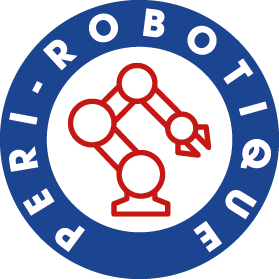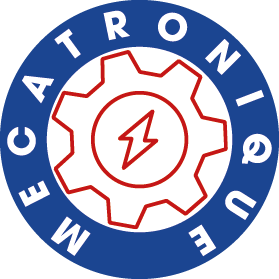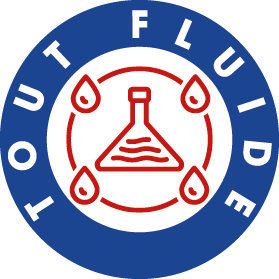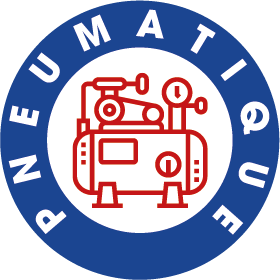What is “Pick and Place”?
A Pick and Place application refers to an automated system designed to grab an object at a specific point (pick) and accurately place it at another point (place), typically in a repetitive, fast, and reliable manner.
This type of application is part of automated handling solutions, often used upstream or downstream of an industrial process: machine loading, sorting, assembly, packaging, or palletizing.
By integrating mechanical, pneumatic, or electrical components, Pick and Place systems replace or assist human operators in tasks requiring consistency, speed, or precision that are difficult to achieve manually.
Discover our solutions for Pick and Place...
In-line/manifold mounting20,000 Nl/min to 60,000 Nl/min | In-line mounting2200 Nl/min to 60,000 Nl/min | Manifold mounting1200 to 5000 Nl/minSeries 53 & 54 |
What is the purpose of a Pick and Place application?
A Pick and Place application automates handling operations between two stations or production line stages.
The goal is to improve production performance by reducing cycle times, minimizing errors, and ensuring consistent quality, even at very high throughput.
Examples of use :

1
Picking components from a conveyor belt to insert into an assembly machine.

2
Automatic placement of finished products into cartons or trays.

3
Sorting parts by size, shape, color, or barcode.

4
Aligning bulk products for clean and fast packaging.

5
Feeding machines with parts in series without human intervention.
A multi-industry, adaptable and scalable technology
Pick and Place is a cross-industry technology found in virtually all modern industries.
In every sector, automated handling helps guarantee quality, secure material flows, and adapt production to real-time demand.
Electronics
Component placement, connector assembly.
Food industry
Tray filling, boxing, palletizing packaged products.
Pharmaceutical
Feeding packaging lines, handling vials or ampoules.
Automotive
Part changes in machine tools, handling connectors.
Logistics
Parcel sorting, conveyor feeding, order preparation.
Cosmetics
Placing jars, tubes, or boxes into packaging.
How does a Pick and Place system work ?
A Pick and Place system is a combination of mechanical, pneumatic, and control technologies, perfectly synchronized to achieve fast, smooth, and repetitive motion.
Gripping unit
Suction cups, mechanical grippers, etc. – chosen according to shape, surface, weight, fragility.
The choice depends on the product being handled (shape, surface, weight, fragility).
Sensors
Position sensors, presence detectors, encoders.
Control
Programmable logic controller (PLC) or embedded controller.
Mechanical structure
Articulated arm or robot depending on speed, reach, and footprint; linear guides, frames, rails, etc.
Linear guides, frames, rails, etc.
When should this solution be implemented ?
Your production requires high throughput with minimal error margin.
Operators perform repetitive, low-value-added tasks.
You handle small, fragile, or difficult-to-position parts.
You want standardized quality, independent of human variability.
Your process requires traceability or automated quality control.
You seek greater flexibility to accommodate frequent format changes.
Why use a Pick and Place system ?
Pick and Place systems address several key industrial challenges :
Precision
Exact positioning of parts, even at high speed.
Repeatability
Identical cycles without drift or fatigue.
Speed
Ability to repeat simple motions hundreds of times per minute.
Flexibility
Adaptable to multiple formats, easy changeover.
Productivity
Reduced downtime, smoother production flow.
Maintenance
Modern systems integrate diagnostic sensors, limiting unplanned stops.
Possible evolutions and integrations
Today’s Pick and Place systems integrate into Industry 4.0 ecosystems, offering advanced features :
Machine vision
Object recognition, quality inspection, intelligent sorting.
Industrial communication
Profinet, EtherCAT, OPC-UA for production data feedback.
Collaborative robotics
Robot arms with safety sensors, working alongside operators.
Predictive maintenance
Cycle monitoring, alerts in case of deviations.
Our dedicated solutions
Our components

Peri robotic

Mecatronic

All fluid















